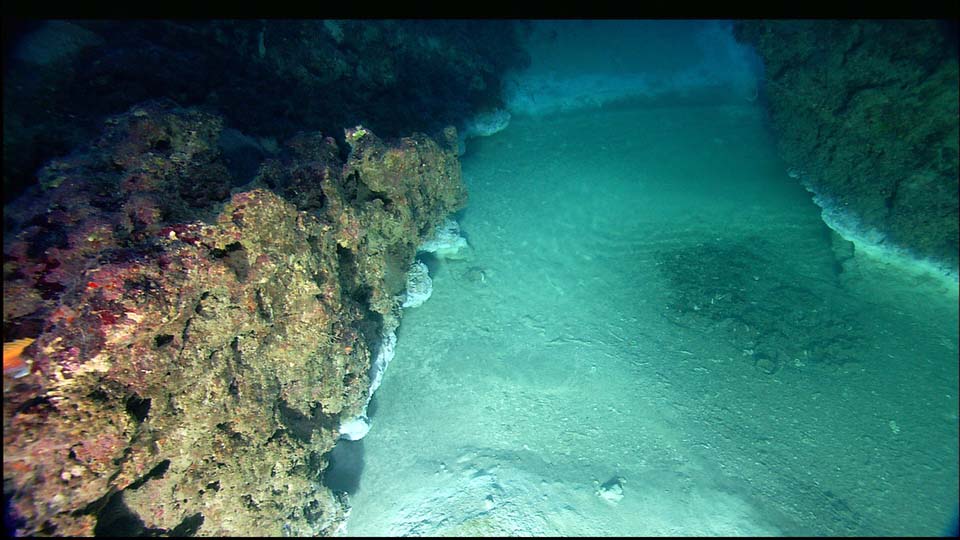 |
Some areas of the ocean are saltier than others.
This image shows methane mussels living at the edge of a underwater brine pool
in a cavern at a depth of 650
feet in the Gulf of Mexico. The pool of brine in the
foreground is nearly four times as salty as seawater and is so dense that a
submarine can float on the pool (in fact, this photo was shot from a submarine).
...............................................................................................................................................................................................................................................
|
Why is the ocean salty?
Ocean salt primarily comes from rocks on land
The National Ocean Service
Salt in the ocean comes from
rocks on land.
The
rain that falls on the land contains some dissolved carbon dioxide from the
surrounding air.
This causes the rainwater to be
slightly acidic due to carbonic acid (which forms from carbon dioxide and
water).
As
the rain erodes the rock, acids in the rainwater break down the rock. This process
creates ions, or electrically charged atomic particles.
These ions are carried away in
runoff to streams and rivers and, ultimately, to the ocean.
Many of the dissolved ions are
used by organisms in the ocean and are removed from the water.
Others are not used up and are
left for long periods of time where their concentrations increase over time.
Two
of the most prevalent ions in seawater are chloride and sodium. Together, they
make up over 90 percent of all dissolved ions in the ocean. Sodium and Chloride
are 'salty.'
The
concentration of salt in seawater (salinity) is about 35 parts per thousand, on
average. Stated in another way, about 3.5 percent of the weight of seawater
comes from the dissolved salts.
By
some estimates, if the salt in the ocean could be removed and spread evenly
over the Earth’s land surface it would form a layer more than 500
feet thick, about the height of a 40-story office building.
The
National Ocean Service
provides data, tools, and services that support coastal economies and their
contribution to the national economy.
Our
mission is to provide science-based solutions through collaborative
partnerships to address evolving economic, environmental, and social pressures
on our ocean and coasts.
 |

No comments:
Post a Comment